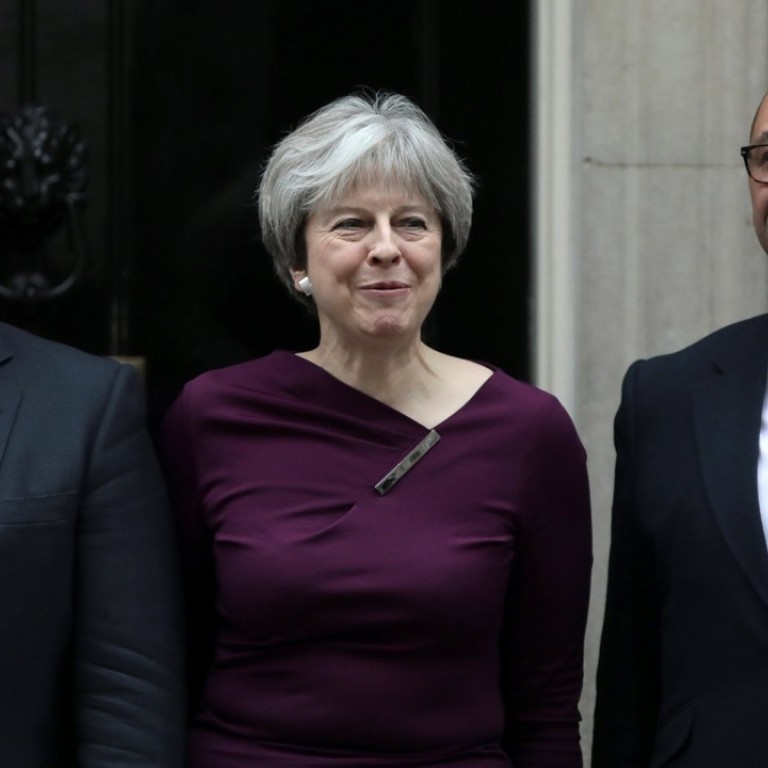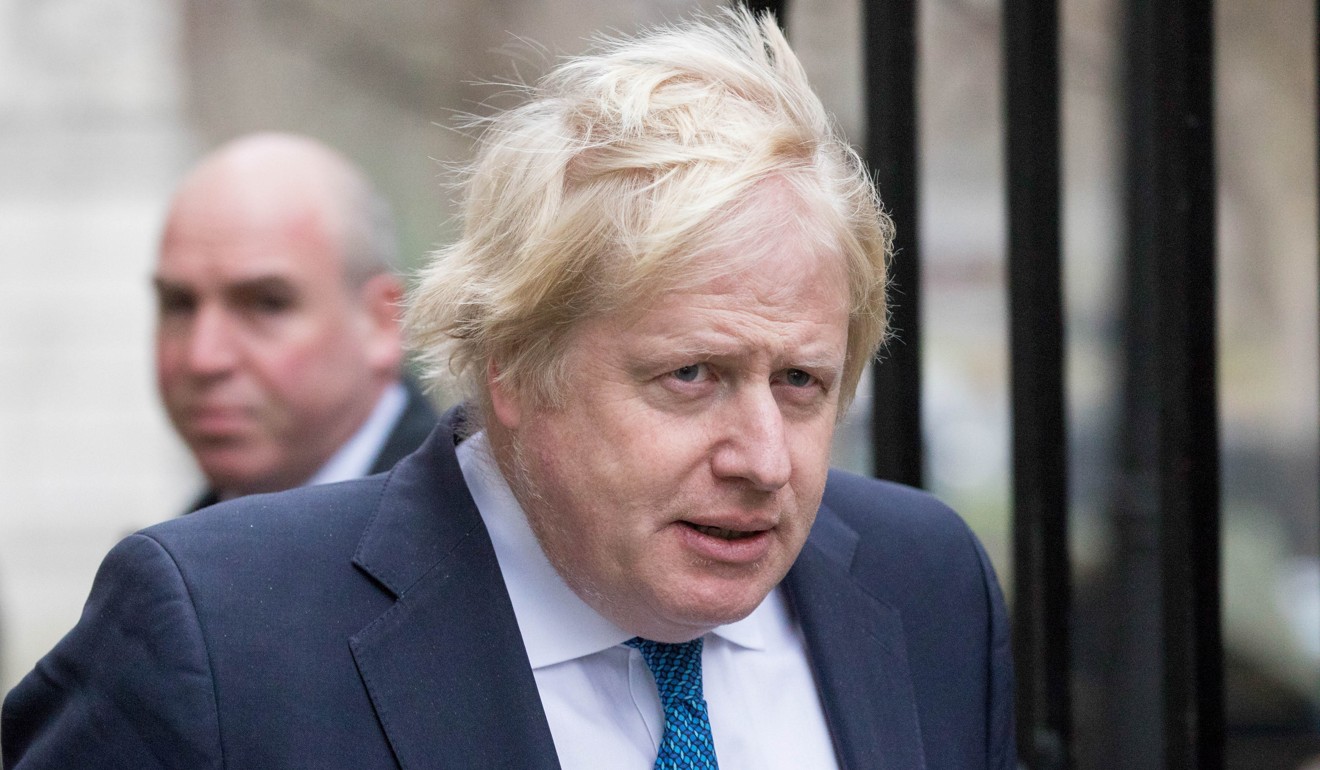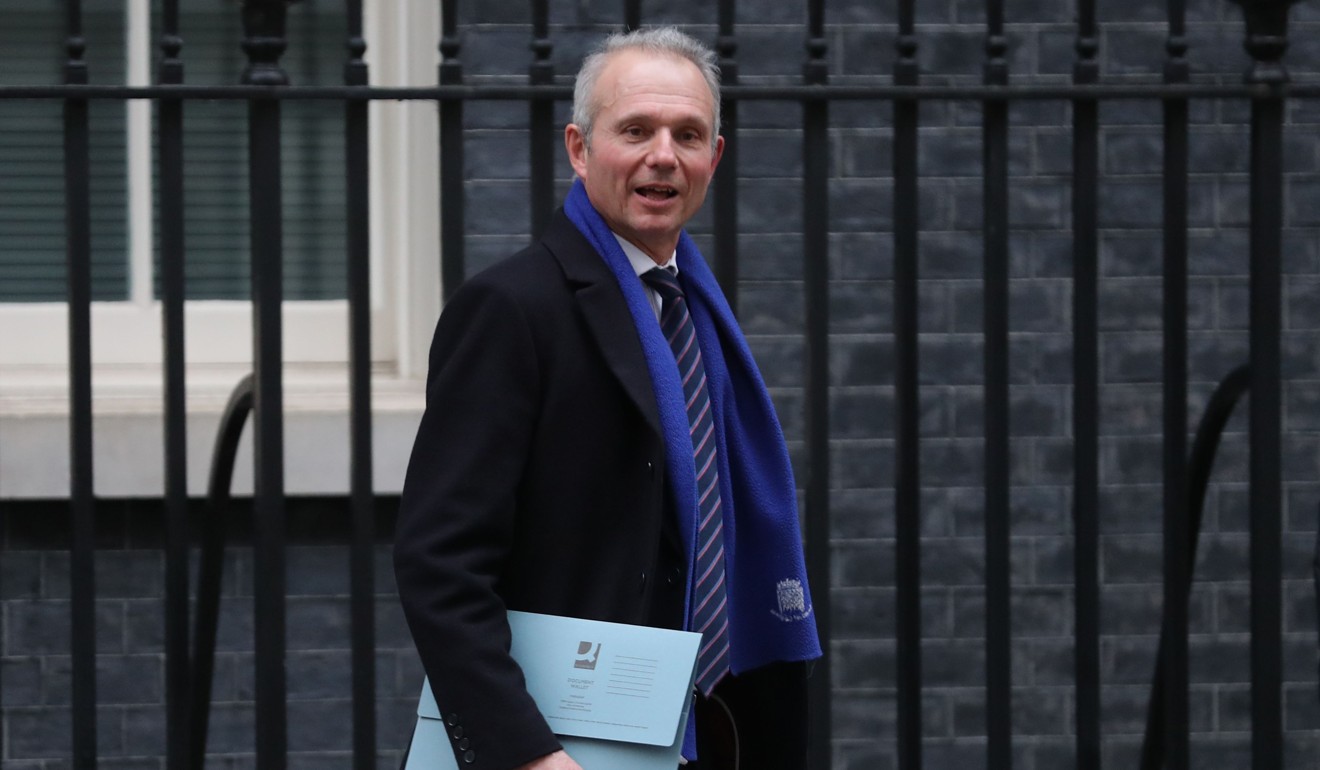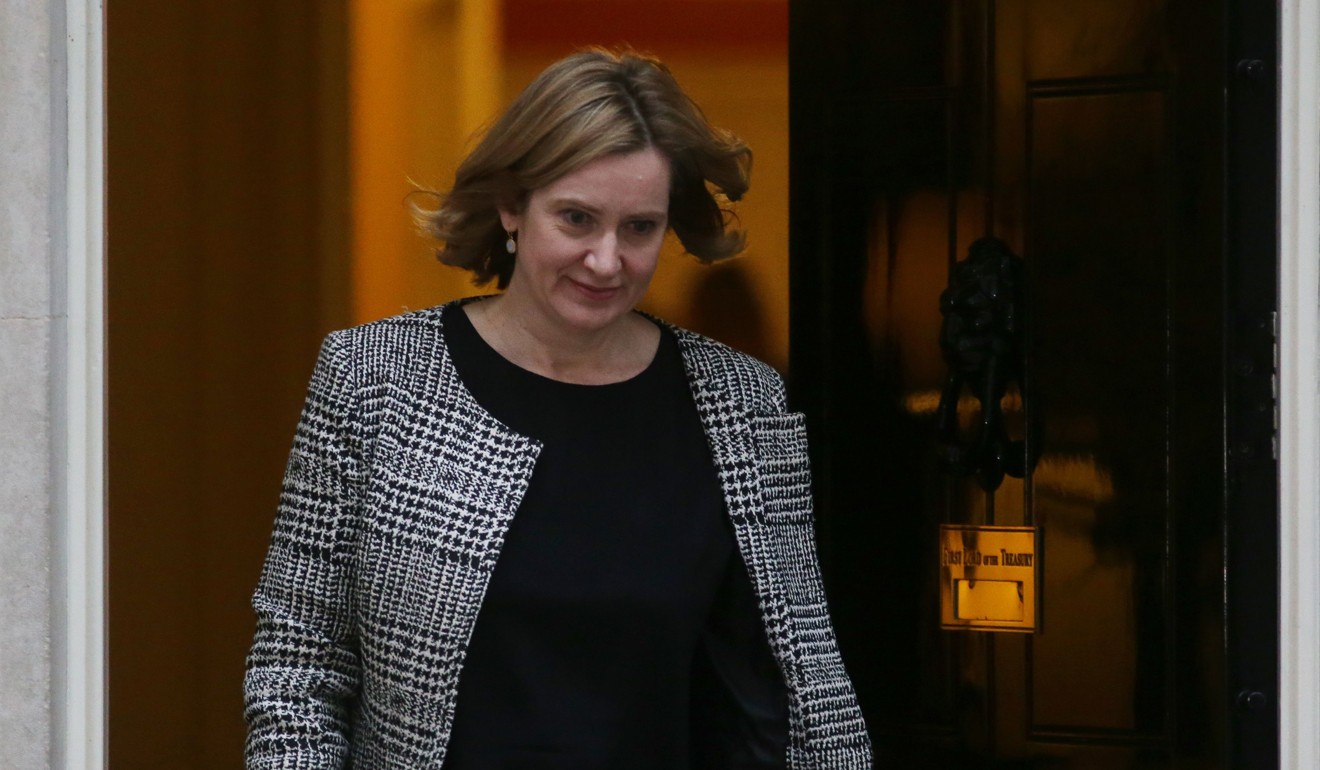
Half of Britain says it doesn’t trust its prime minister to pull off Brexit as she reshuffles cabinet
Prime Minister Theresa May is hopes to re-energise her government with new blood, but many voters are gloomy about her prospects
Half of Britain’s voters doubt that Prime Minister Theresa May will be able to get the right Brexit deal, a new poll revealed on Monday as the leader reshuffled her cabinet.
“There is still much work to be done to convince the British public that the prime minister is capable of getting the right deal for the UK,” polling company ORB said in a statement.
The news came as May continued her attempts to re-energise the Conservative party, which was damaged by divisions over Brexit and still smarting from an ill-judged election last year.
However, there was some good new for May: faith in her ability has grown, even if it remains low. A year ago, just 35 per cent of voters believed she was capable of securing the right Brexit deal.
The recent ORB poll of 2,032 UK voters also showed that they were divided on whether Britain would be better off after Brexit: 43 per cent said it would be while 42 per cent said it would not.
May’s cabinet shake-up comes as negotiations on Britain’s divorce from the European Union enter a crucial new phase.

Notable among those who kept their jobs was Foreign Secretary Boris Johnson, who has spent his time in the role intermittently coming under fire for racist remarks he had previously made, including referring to black people as “piccaninnies” with “watermelon smiles”. He has apologised for the remarks.
David Davis remains as Brexit secretary - the post he took when it was created the aftermath of the UK’s 2016 vote to leave the European Union.
It was expected that he would stay in place, and May is confirming she wants stability at the top of her negotiating team as Brexit talks enter their most pressurised period this year.
Home Secretary Amber Rudd and finance minister Philip Hammond are also staying put. They represent the most high-ranking EU-friendly voices in government.
Business minister Greg Clark, trade minister Liam Fox and defence minister Gavin Williamson will also continue in their current roles.
May’s shuffle has been complicated by the resignation of the UK’s minister for Northern Ireland amid a long-running political crisis in Belfast. James Brokenshire said he was quitting because he is about to have surgery for a lesion on his lung and will need time to recover.
In a letter to May, Brokenshire said that “as a result of my forthcoming surgery I will not be able to give the effort, energy and complete focus needed at this important time”.
He has been replaced by Karen Bradley, who was previously digital, culture, media and sport minister. Her old position will now be filled by Matthew Hancock.

Meanwhile, Brandon Lewis has become Chairman of the Conservative Party and a minister without portfolio.
He replaces Patrick McLoughlin, who has been at the front-line of Tory party politics since Margaret Thatcher’s time. Lewis’s replacement as immigration minister has yet to be named.
A popular figure within the party, he will have to prepare the party for the next election - scheduled for 2022 - and work out how to tackle the impressive organisational power of Momentum, the pressure group that backs Jeremy Corbyn, leader of Labour, the UK’s primary opposition party.
Education minister Justine Greening was replaced by Damian Hinds, who previously held the more junior role of employment minister.
May had wanted to move Greening into the role of work and pensions minister, but Greening resisted and eventually quit, becoming the fourth cabinet member to do so since November. Esther McVey, a former television presenter, has taken the work and pensions role instead.
Greening’s resignation later Monday is likely to be viewed as a challenge to May’s authority, while media reports suggest the health secretary, Jeremy Hunt, also refused a request to move - and so stays on, with ‘social care’ being tagged on to his responsibilities.
David Lidington has taken on the role of Cabinet Office minister, a largely behind-the-scenes role supporting the prime minister and responsible for making sure the government runs smoothly.
So far, the former justice minister has not been given the additional title of “first secretary of state” - effectively May’s deputy leader. This role was previously held by Lidington’s predecessor at the Cabinet Office, Damian Green.
Green was fired in December after issuing misleading statements about porn on his office computers. After he left, Government officials said May could decide not to appoint a new first secretary of state at all.
Lidington has been replaced as justice minister by David Gauke, who was previously work and pensions minister. A replacement work and pensions minister has not yet been named.
Sajid Javid was given an expanded role, adding housing to his brief in the newly named position of housing, communities and local government minister.

Brokenshire’s departure comes as Northern Ireland’s power-sharing administration has been suspended for a year amid a stalemate between the main Irish nationalist and British unionist parties.
The parties in Belfast have missed several government-imposed deadlines to restore power sharing, and Northern Ireland faces direct rule from London if a solution is not found soon.
The status of the border between Northern Ireland and EU member Ireland also remains a major issue in Brexit negotiations.
Britain and the EU are set to begin discussing future trade relations, with just over a year to go until the UK leaves the bloc on March 29, 2019.
Even so, as Brexit continues to dominate British politics, she must strike a delicate balance by maintaining equal numbers of euroskeptics alongside those advocating for close ties to the European Union.
Brandon campaigned against the UK leaving the EU, subsequently accepting the result of the 2016 referendum.
Britain hopes to secure agreement on a post-Brexit transition period by March 31, and to draft a withdrawal agreement by the end of this year.



.png?itok=arIb17P0)
